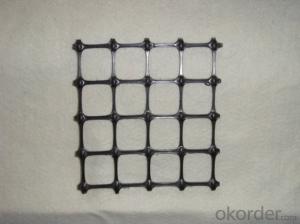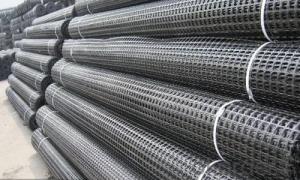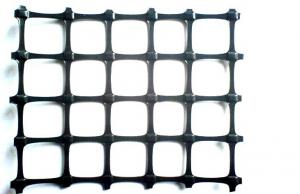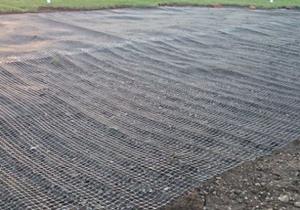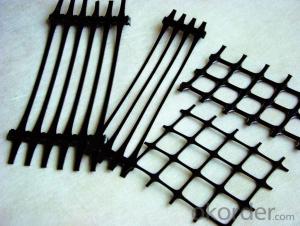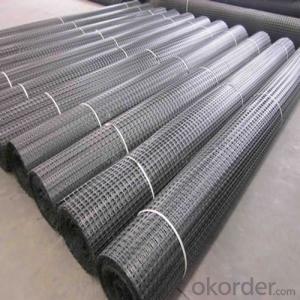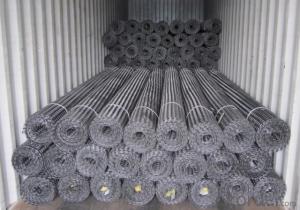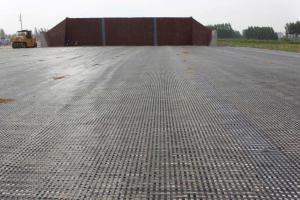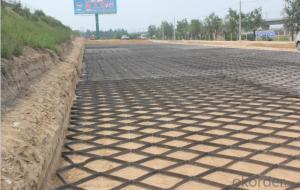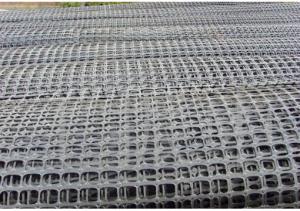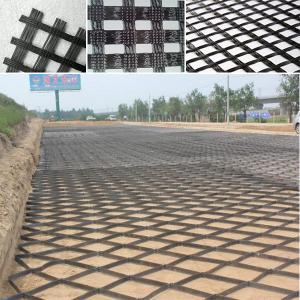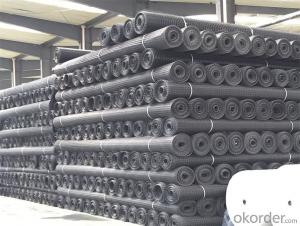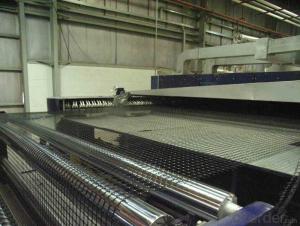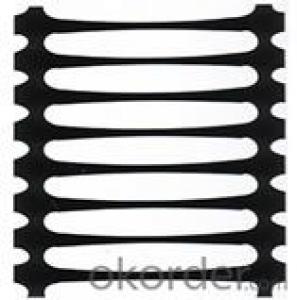Geogrid For Retaining Wall
Geogrid For Retaining Wall Related Searches
Retaining Wall With Geogrid Retaining Wall Geogrid Geogrid In Retaining Walls Using Geogrid Retaining Walls Geogrid Retaining Walls Geogrid Retaining Wall Cost Geogrid Fabric Retaining Wall Geogrid Walls Geogrid Wall Construction Geogrid For Soil Stabilization Geogrid For Erosion Control Reinforcing Retaining Wall Geogrid Reinforced Earth Wall Geogrid For Steep Slopes Geogrid For Roads Geogrid For Road Stabilization Geogrid For Slopes Geogrid For Road Construction Retaining Wall On Slope Laying Geogrid Geogrid For Gravel Geogrid For Pavers Geogrid For Driveways Geogrid Fence Geogrid For Gravel Roads Mse Wall Geogrid Geogrid For Driveway Mesh Retaining Wall Best Geogrid Geogrid With GeotextileGeogrid For Retaining Wall Supplier & Manufacturer from China
Geogrid for retaining wall is a type of geosynthetic material that is widely used in civil engineering and construction projects. It is designed to provide reinforcement and stability to soil structures, such as retaining walls, by distributing the load and preventing soil movement. This innovative product is made from high-quality materials, ensuring durability and long-lasting performance in various environmental conditions.The geogrid for retaining wall is commonly used in a variety of applications, including highway construction, railway projects, and other infrastructure developments. It is particularly effective in situations where soil reinforcement is needed to prevent erosion, landslides, or subsidence. By incorporating this product into the design of retaining walls, engineers can create more stable and secure structures that can withstand the test of time and various external forces.
Okorder.com is a leading wholesale supplier of geogrid for retaining wall, offering a vast inventory of this essential product to customers worldwide. With a commitment to quality and customer satisfaction, Okorder.com ensures that each order is carefully processed and delivered promptly. By partnering with Okorder.com, businesses and contractors can access the geogrid for retaining wall they need to complete their projects efficiently and effectively.
Hot Products
